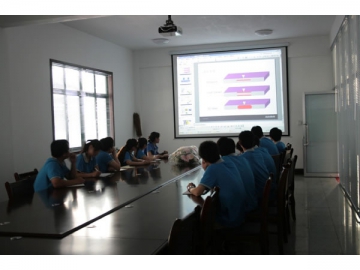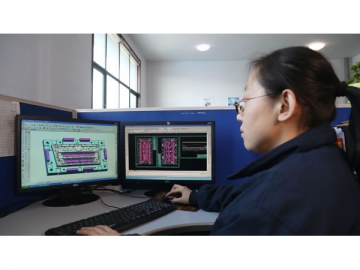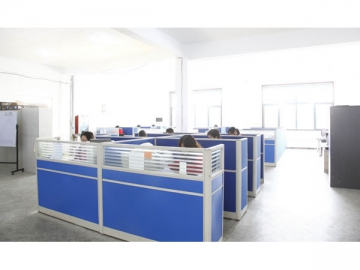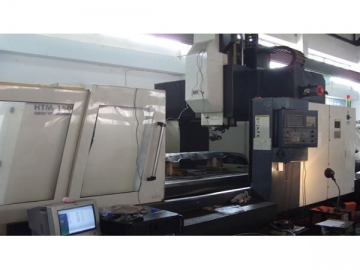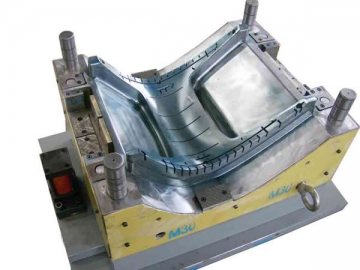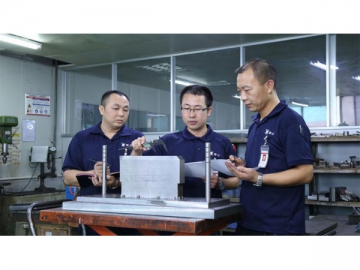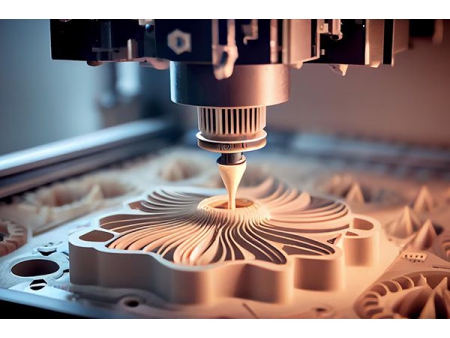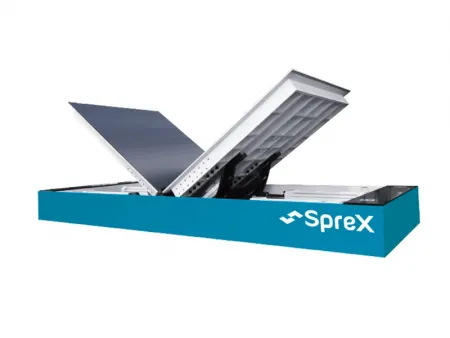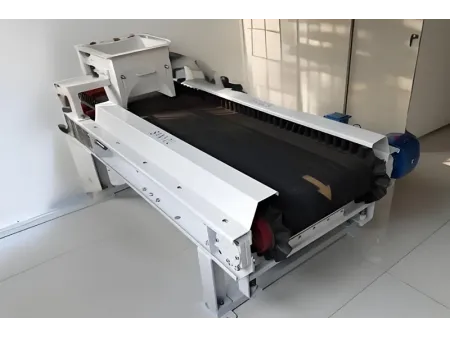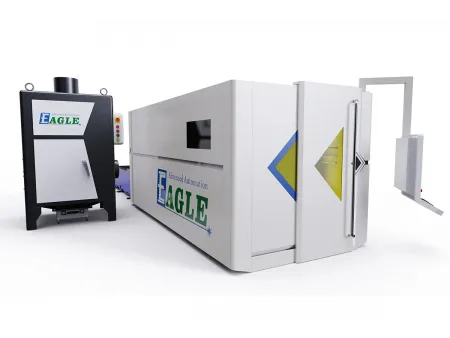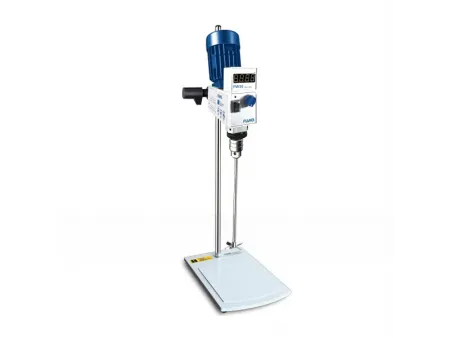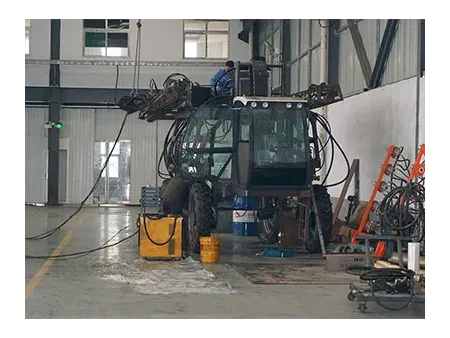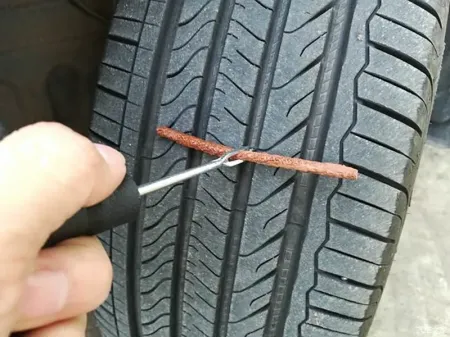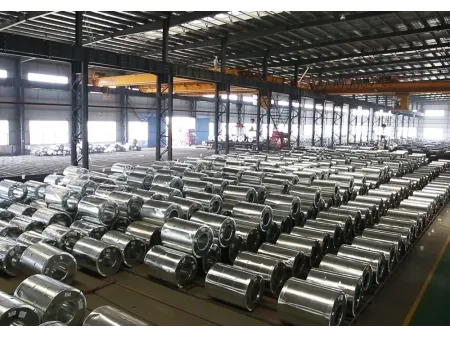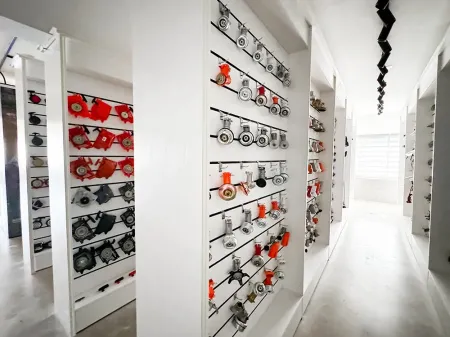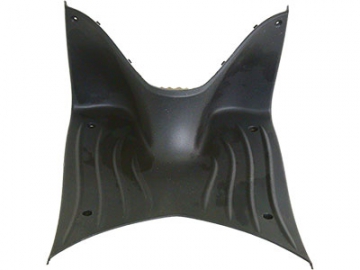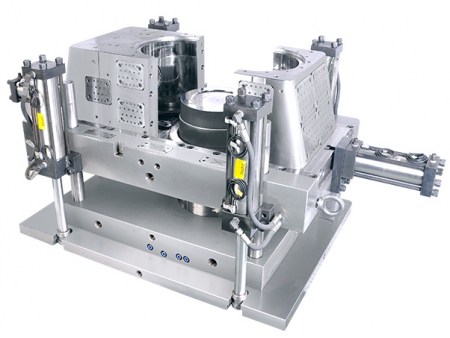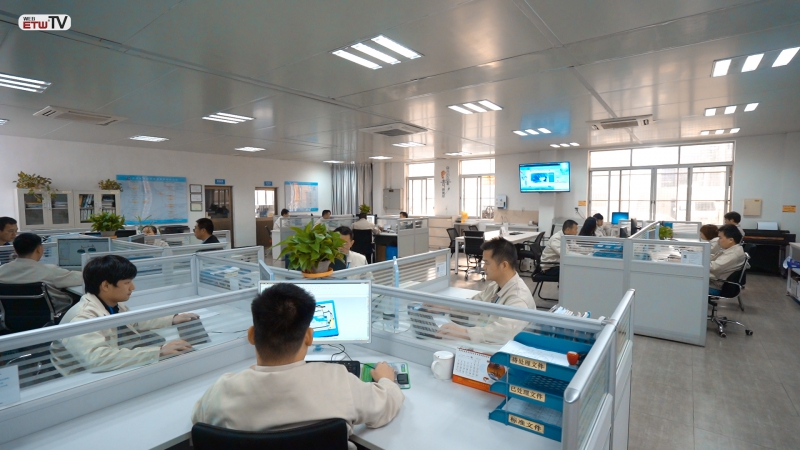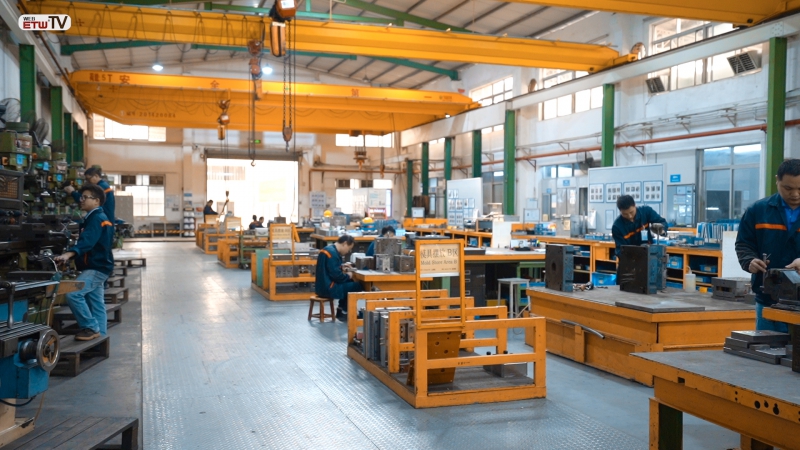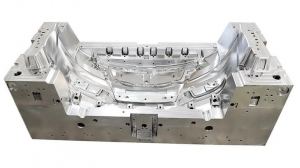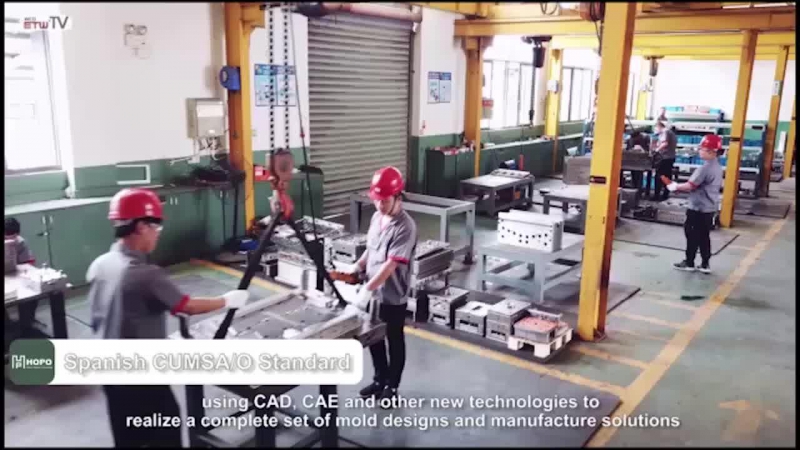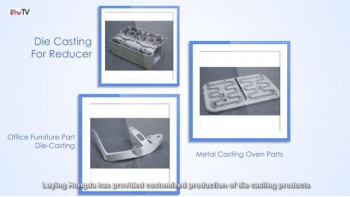Mold Design
In the past, it was costly and time-consuming to design a new functional mold because mold tooling designers could not discover problems until the mold was made and tried out. Reworked molds due to errors cost time, labor, and money.
Here at Haiyee, we use CAD, CAM, and CAE software to create a computer model of the mold tool, and then test it virtually before the actual mold is built. Based on Haiyee-generated or customer-supplied designs, we can reverse engineer the component and create a 2D or 3D mold design on the computer. Our advanced software then simulates the process of separating different mold parts along the parting line and analyzes the mold flow to see how resin material will flow through the mold and into each mold cavity. Mold design data can be exchanged between software in the forms of IGES, DXF, STEP and STL files.
Exterior Design
Engineers at Haiyee create mold designs based on customer-supplied design materials. After the design, a review meeting is set up to check if the drawing meets customer requirements.
Structural Design
Many aspects need to be factored in during the mold design project, including tooling cost, structural design method, machinability, cycle time, mold functions and life expectancy. Our designers use advanced design software to ensure each compression mold and injection mold is built to advanced European and American standards.
Prototyping
We use SLA, FDM or CNC methods to produce a mold prototype.
Reverse Engineering
For customers who do not provide mold design drawings, engineers at Haiyee can review the customer's molded part and reverse engineer their design. By using CAD, CAM, and CAE, they can then create the right tooling solution that meets exact customer specifications.

